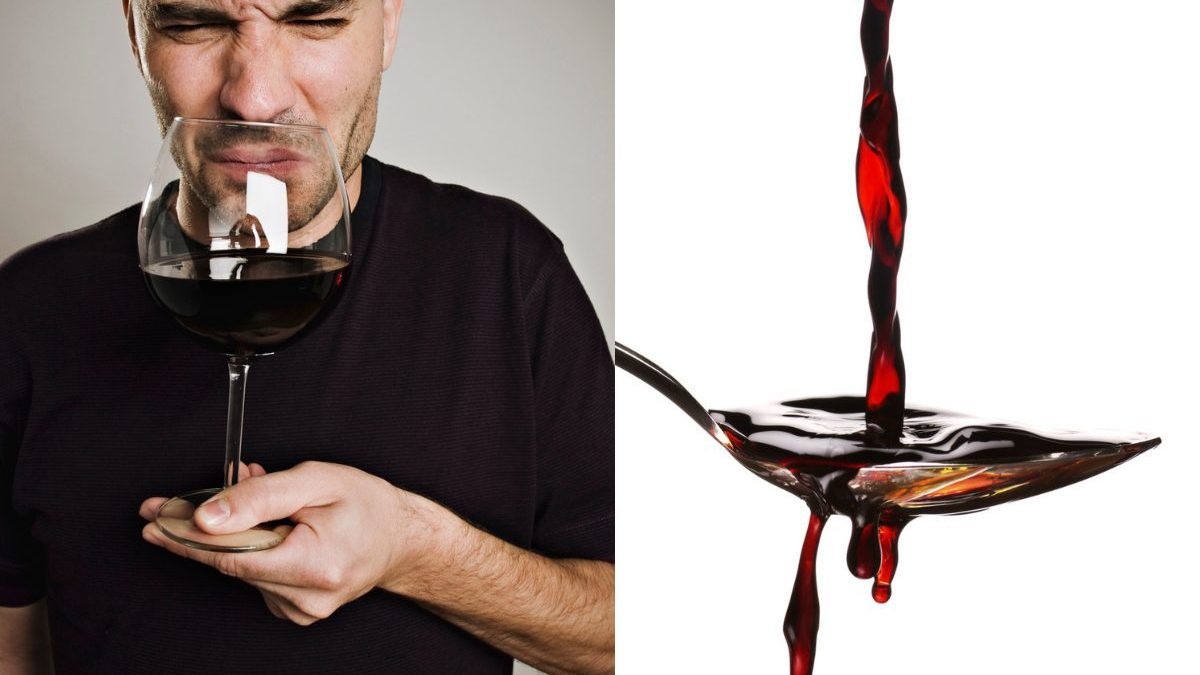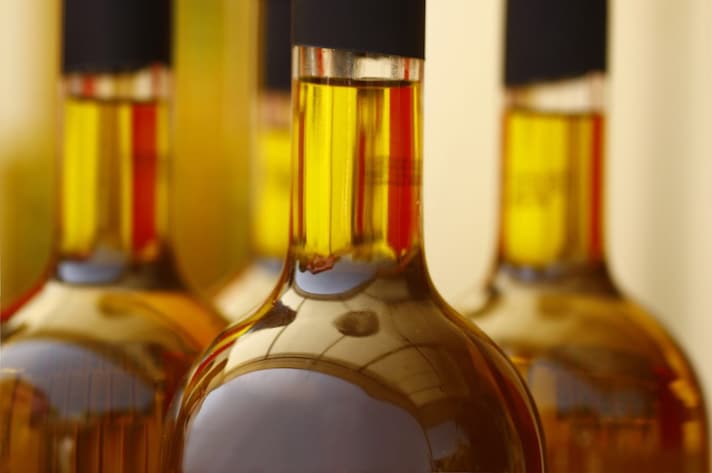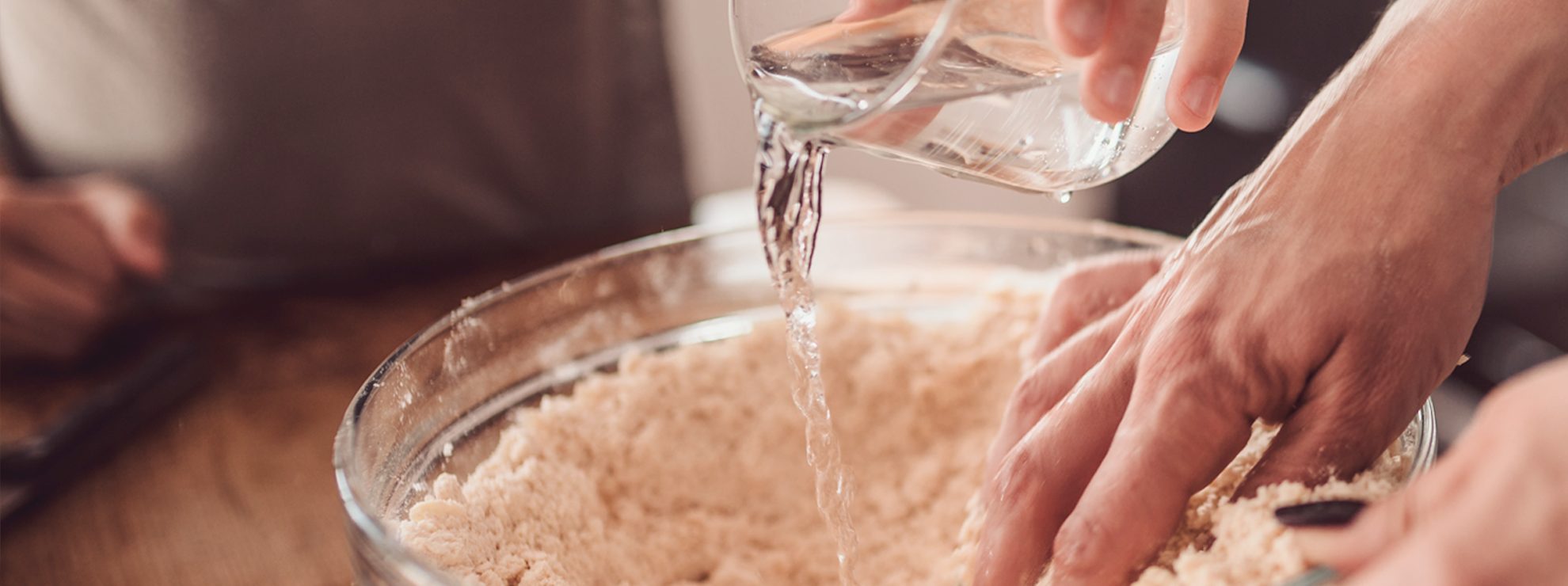
Even the best bottle of wine in the world can turn into vinegar. It seems like a metaphor about the emptiness of existence but technically it is true. But why does wine turn into vinegar? It is a very common question, that many people ask, the answer is very simple: because of bacteria. Or rather, because of air and bacteria.
The cause of the mutation from wine to vinegar is acetic bacteria, acetobacter, which come into play in the presence of oxygen. These bacteria transform oxygen and ethanol (the alcohol present in wine) into acetic acid through acetic fermentation. It is a completely natural process and this is exactly how wine vinegar is made. Let's look in detail at the processes that lead to this unpleasant result and whether it is possible to remedy it.
How and When Does Wine Become Vinegar?
If you open a bottle of wine and forget about it for a long time without the cork, you may notice a strange smell. This smell is due to acetic oxidation and is the result of the work of some small bacteria. Acetobacter transform ethanol into acetic acid through the action of oxygen. This fermentation occurs only in the presence of oxygen and only at a high temperature, between 73°F/23°C and 86°F/30°C. It is important to emphasize that the transformation of wine into vinegar does not depend in any way on the quality of the wine but only on its storage conditions. In the presence of oxygen and heat, whether you have a very precious champagne or a cardboard brick bought at a discount store, the product will still transform into vinegar.

To prevent wine from spoiling, there are a few small precautions to take. First of all, you must avoid contact between wine and air as much as possible. This goes well beyond the "danger" of acetic acid: air changes the flavor of wine. Once the bottle is opened, you must store it well, preventing contact between wine and oxygen as much as possible. Another important tip is the temperature: once opened, you must keep it around 53°F/12°C, avoiding sudden changes in temperature.
What To Do When Wine Turns to Vinegar?
Unfortunately we have to start with some bad news: the reverse process cannot be done. If the wine turns sour there is no way to make it go back to being wine, at least not in the bottle. Producers who find themselves in this bad situation, with tons of wine gone bad, find solutions, but only thanks to expert oenologists because the process is very complicated. Despite studies and technology, it is not certain that it can be remedied. At home we can only give up and regret the mistakes made.
Making mistakes, however, does not justify us in wasting it: we can use the wine that has become vinegar in other ways. If you are good in the kitchen, the best way to recycle spoiled wine is to create a jelly. Just cook the wine with sugar and a thickener and let it cool in a glass jar: it is an excellent accompaniment to cold cuts and cheeses. You can also use the wine to clean the house, just like our grandmothers used "classic" wine vinegar. Finally, at home, it is also very useful for attracting annoying insects and trapping them to get rid of them.
;Resize,width=767;)
